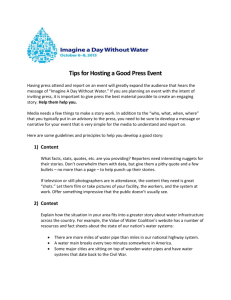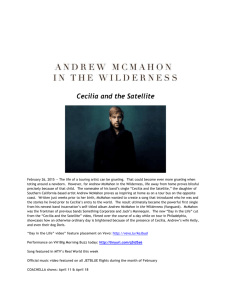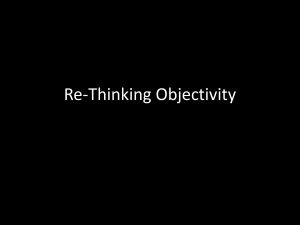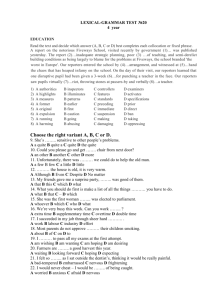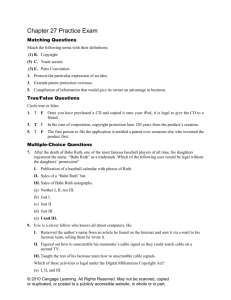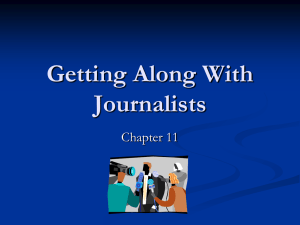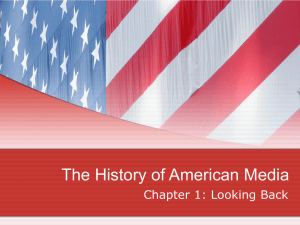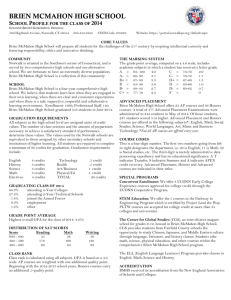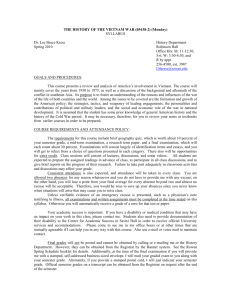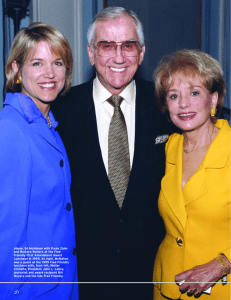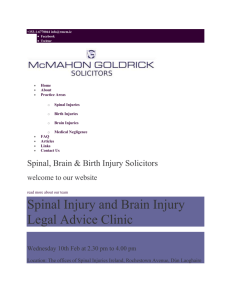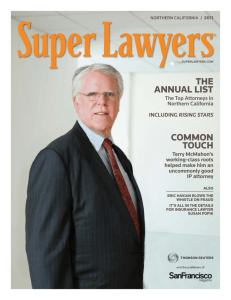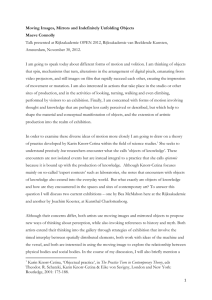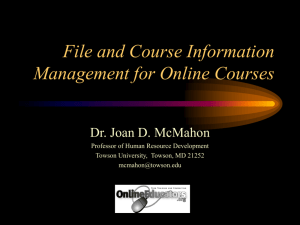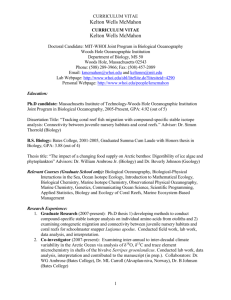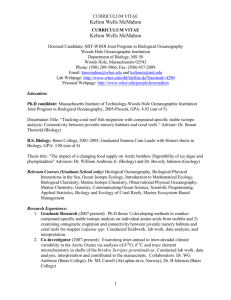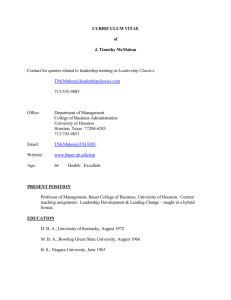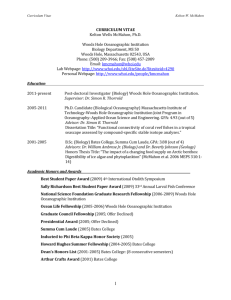Memorandum
advertisement
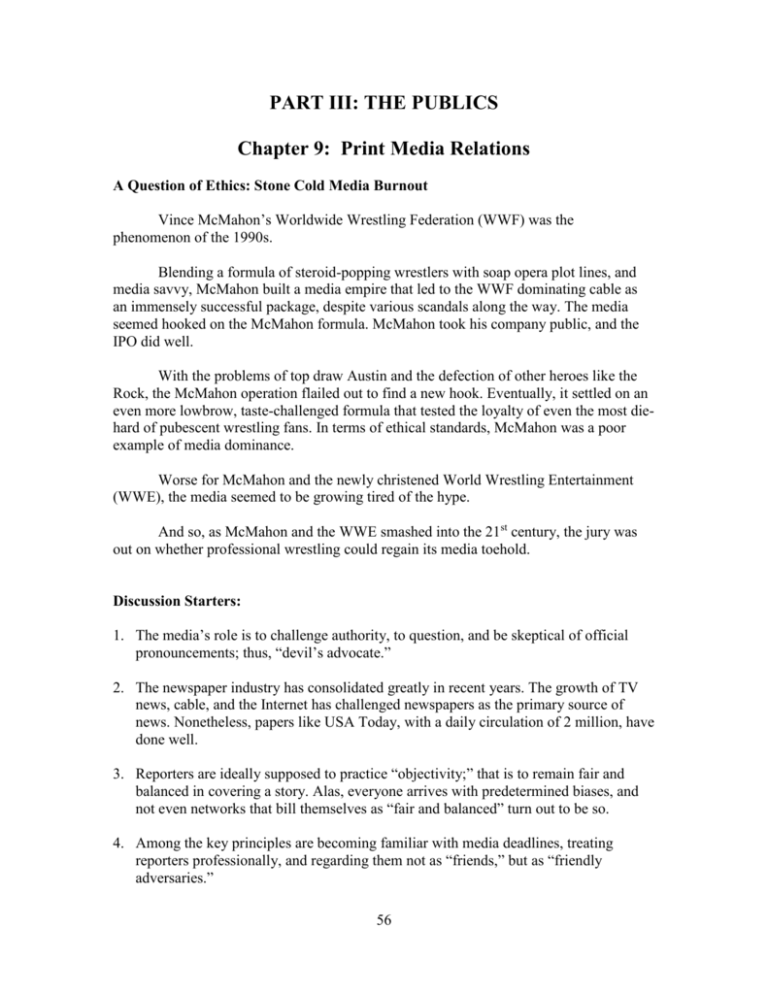
PART III: THE PUBLICS Chapter 9: Print Media Relations A Question of Ethics: Stone Cold Media Burnout Vince McMahon’s Worldwide Wrestling Federation (WWF) was the phenomenon of the 1990s. Blending a formula of steroid-popping wrestlers with soap opera plot lines, and media savvy, McMahon built a media empire that led to the WWF dominating cable as an immensely successful package, despite various scandals along the way. The media seemed hooked on the McMahon formula. McMahon took his company public, and the IPO did well. With the problems of top draw Austin and the defection of other heroes like the Rock, the McMahon operation flailed out to find a new hook. Eventually, it settled on an even more lowbrow, taste-challenged formula that tested the loyalty of even the most diehard of pubescent wrestling fans. In terms of ethical standards, McMahon was a poor example of media dominance. Worse for McMahon and the newly christened World Wrestling Entertainment (WWE), the media seemed to be growing tired of the hype. And so, as McMahon and the WWE smashed into the 21st century, the jury was out on whether professional wrestling could regain its media toehold. Discussion Starters: 1. The media’s role is to challenge authority, to question, and be skeptical of official pronouncements; thus, “devil’s advocate.” 2. The newspaper industry has consolidated greatly in recent years. The growth of TV news, cable, and the Internet has challenged newspapers as the primary source of news. Nonetheless, papers like USA Today, with a daily circulation of 2 million, have done well. 3. Reporters are ideally supposed to practice “objectivity;” that is to remain fair and balanced in covering a story. Alas, everyone arrives with predetermined biases, and not even networks that bill themselves as “fair and balanced” turn out to be so. 4. Among the key principles are becoming familiar with media deadlines, treating reporters professionally, and regarding them not as “friends,” but as “friendly adversaries.” 56 5. Advertising is paid coverage, which you write. Publicity is free coverage, written by an “objective” journalist. 6. The value of publicity is that rather than “patting yourself on the back,” positive publicity is the result of an “endorsement” by a neutral, indifferent, objective third party journalist. 7. Among keys to pitching publicity are 1) knowing deadlines 2) writing rather than calling 3) directing the release to a specific person 4) determining how the reporter wants to be contacted 5) developing a personal relationship and 6) never lying. 8. Among the do’s and don’ts of interviews are: 1) do be candid; 2) don’t lie; 3) do be brief; 4) don’t bluff; 5) do prepare; 6) don’t ad lib. 9. Press conferences aren’t advisable in most cases, because most of the time, reporters despise them as unnecessary nuisances. 10. Keys to pitching online media include a) starting with good online media database b) targeting specific reporters 3) including Web-based news sites and 4) including discussion forums. Chapter 9 Review Quiz (* Indicates Correct Answer) 1. Reporting with complete _____ is impossible. A. Opinion. B. Objectivity. * C. Cynicism. D. Prejudice. 2. Most daily newspapers have deadlines around: A. 6 p.m. * B. 12 noon. C. 12 midnight. D. 8 a.m. 3. In the early 1980s, a majority of business executives felt that financial coverage on television news, in particular, was: A. Balanced. B. Prejudiced for business. C. Prejudiced against business. * D. None of the above. 4. In establishing a formal media relations policy, an organization should: A. Appoint one person as official spokesperson. * B. Implement a policy of disclosing “good news.” 57 C. Keep a fair distance from journalists. D. All of the above. 5. Generally, _____ are the first people reporters call inside an organization. A. Senior managers. B. Lower ranking employees. C. Public relations professionals. * D. Disenfranchised workers. 6. The job of a public relations professional is to____________. A. Respond to reporters’ inquiries. B. Arrange interviews between journalists and executives. C. Help journalists reach company sources. D. All of the above. * 7. The newspaper most associated with exposing the Watergate scandal was: A. The New York Times. B. Washington Post. * C. Wall Street Journal. D. Barrons. 8. A good public relations person should obstruct a journalist’s inquiry. A. True. B. False. * 9. The most immediate reporting today is done on the nightly network news. A. True. B. False. * 10. Frequently, getting to know a journalist can help a public relations professional. A. True. * B. False. 11. Total objectivity in reporting is always attainable. A. True. B. False. * 12. Ads are superior to publicity in explaining complicated products. A. True. B. False. * 13. How can public relations professionals correct a bad relationship between their organization and the media? Pinpoint the reasons for past problems. Establish a formal media relations policy. Rebuild contacts with media. 58 14. Which medium is generally more inclined to report “all the news” – newspapers or television? Why? Newspapers are more inclined to report all the news because they aren’t as constrained as television. Television is, in large measure, an “entertainment medium,” while newspapers have greater space and clearer mandate to report newsworthy journalism. 15. What is the proper relationship between a journalist and a public relations professional? Journalists and public relations professionals should have a mutual respect for each other’s jobs. While they shouldn’t be bosom buddies, they should be “friendly adversaries,” each understanding and respecting the other’s mission and allegiances. 59
